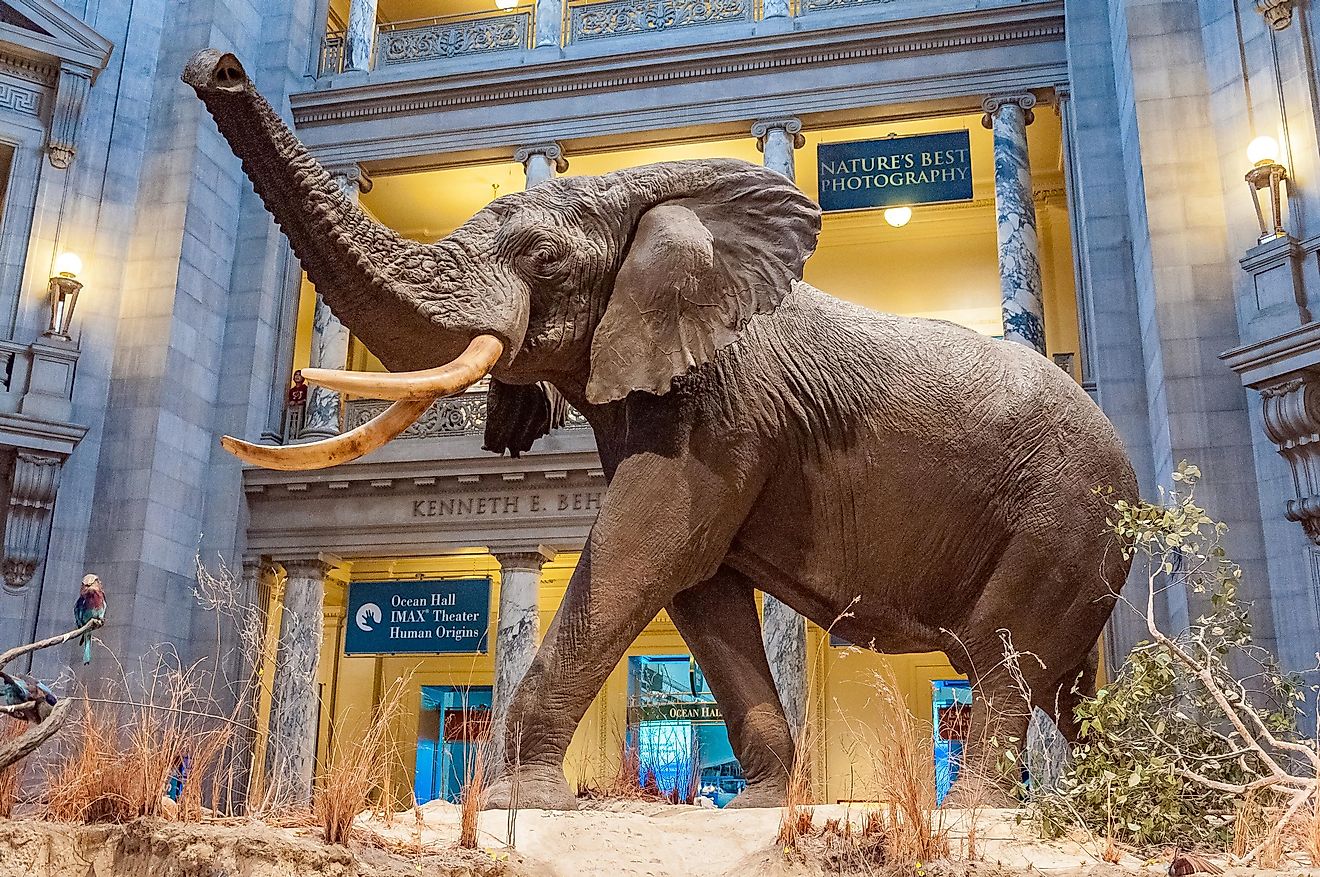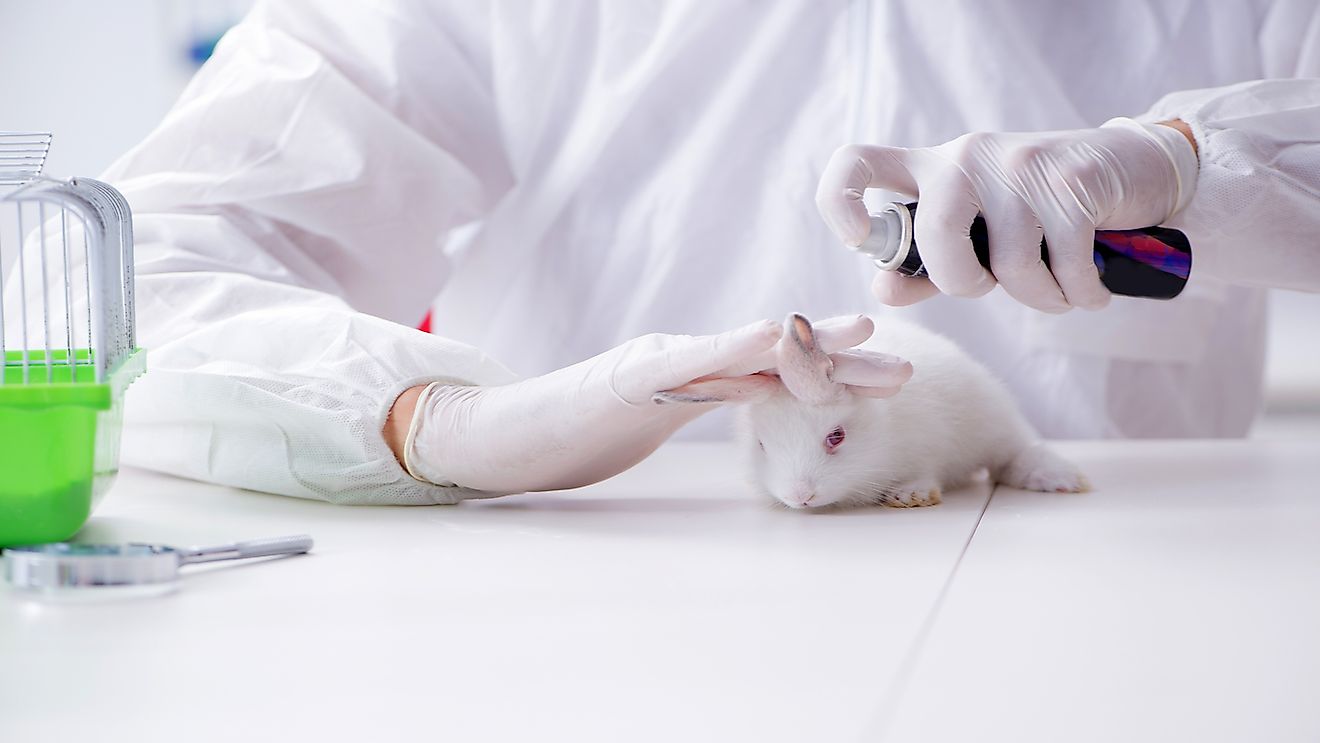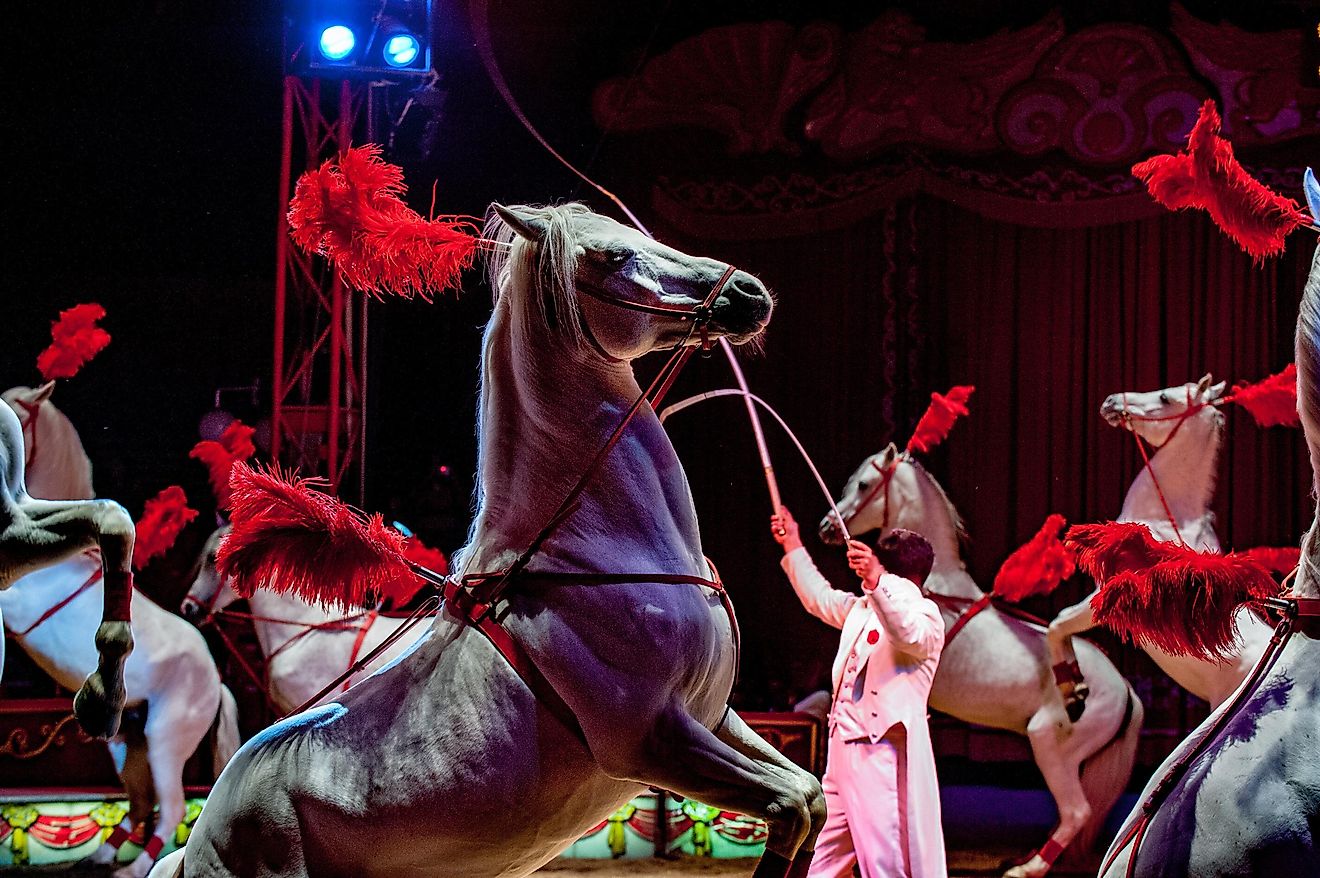Who Was Eva Ekeblad?

Eva Ekeblad was a Swedish noblewoman and scientist. She lived from July 10, 1724- May 15, 1786. She is best known for discovering a way to make alcohol and flour from potatoes. Eva was the first woman to be a member of the Royal Swedish Academy as a result of her important scientific discoveries. Her lifetime was an exciting one! Here are 10 facts about her that you should know.
1. She married young!
When Eva was only 16, she married Count Claes Claesson Ekeblad, a man twice her age. The count was a riksråd—a member of the Privy Council, which was comprised of nobles and ruled alongside the King. Eva and the count had seven children together and were married for 31 years, until the count died in 1771.
2. Eva’s discoveries of how to use potatoes for food and alcohol helped reduce the effects of famine.
Potatoes had been newly introduced to Sweden and were mostly being fed to animals. Eva began experimenting with them and realized that there were many ways to process the potatoes. Eventually she discovered a way to make potato flour after cooking and pulverizing the potatoes into a powder that was flour like. This flour could be used to make bread in place of other grains, such as oats and barley. It also could be distilled into vodka. By introducing another food and alcohol source, Eva helped decrease the widespread shortages of food and many people were able to have food that otherwise wouldn’t have been available.
3. Her discoveries didn’t just affect food!
Eva continued to explore different uses of potatoes, beyond turning it into flour and alcohol. She also influenced the makeup/fashion industries and the textile industries. In 1752 Eva realized that potato flour could be substituted for the arsenic and lead that was used in both face and wig powder. And in 1751 she had discovered that potato flour also could be used together with soap to bleach cotton textiles and yarn, thereby reducing toxic dyes. Both of these discoveries greatly changed their respective industries. Additionally, these methods/ingredients were much safer for both the consumers and the producers.
4. She was the first female member of the Royal Swedish Academy
Eva was admitted into membership of the Royal Swedish Academy of Sciences in 1748 for her findings on the potential use of potatoes for food and alcohol. She was only 26 years old. In 1751, she was reduced to an honorary member when the statutes were changed so as to only allow men to be full members. Eva remained an honorary member until her death in 1786. There would not be another female member of the Royal Swedish Academy of Sciences until 1951 when the nuclear physicist, Lise Meitner, was admitted.
5. Her hair accessories were made from potato plants!
A completely frivolous, but kinda fun fact, is that Eva used the flowers from potato plants, to decorate her hair. Supposedly, the flowers were a marketing technique, a way to advertise the use of the plants and spark conversation.
6. Her sister-in-law also contributed to Sweden in important ways.
Eva’s sister-in-law was Catherine Charlotte De la Gardie (married to Eva’s brother). Catherine worked tirelessly to promote the smallpox vaccination that the Swedish government was trying to implement. Her children were vaccinated and she persuaded many of the peasants to allow their children to be vaccinated. Catherine is also remembered for helping to stop the last witch trial in Sweden and in 1761 was awarded a medal for her role in helping stop the hysteria.
7. As a wedding gift she was given not one, but two castles.
When Eva married, as was customary, she received a dowry from her father. Her dowry consisted of two castles: Mariedal Castle and Lindholmen Castle. Her husband owned the Stola Manor estate and had a house in Stockholm as well. Eva managed their three estates and it was during this time that her experiments began in full force. Later, when her son, Claes Julius Ekeblad married, she gifted the Stola Manor to her daughter-in-law, Brita Horn. Eva spent the final years of her life at Mariedal Castle.
8. Eva hosted successful salons in her home in Stockholm.
Eva regularly held cultural salons at the Ekeblad home in Stockholm and many philosophers, thinkers, and noblemen and women of her time attended them. Her home was not only popular with the Swedish, but also with ambassadors from other countries. Johan Helmich Roman, a Swedish Baroque composer was said to have had his first concert performance at one of her salons.
9. Eva was a hit at the Swedish court.
In 1778 she returned to the court and spent two years as a member of the court, using her rank as a riksrådinna (widow of a riksråd). Eva was a witness at the birth of the crown prince during this time. The queen (Queen Sophia Magdalena) asked her to become her chief lady in waiting, and also offered her the role of royal governess. Both of these roles would have indicated that the queen deeply trusted Eva. Unfortunately, Eva had recently become sick, and so she turned down both roles and returned to Mariedal Castle, where she lived until her death, six years later.
10. Eva was known as a fair noblewoman who acted justly toward those under her care.
As a member of the nobility, who managed three estates, Eva was responsible for a large number of people’s livelihoods. She was known for her fairness and for protecting the peasants from the bailiffs. The peasants, in exchange, were obedient and loyal to Eva. With multiple estates to manage, Eva had to be incredibly organized and on top of running everything.
Countess Eva’s Ekeblad’s legacy continues to this day. In 2017, Google honored her life with a Google doodle. She is known as a celebrated agronomist and potato vodka is still made throughout the world today.











